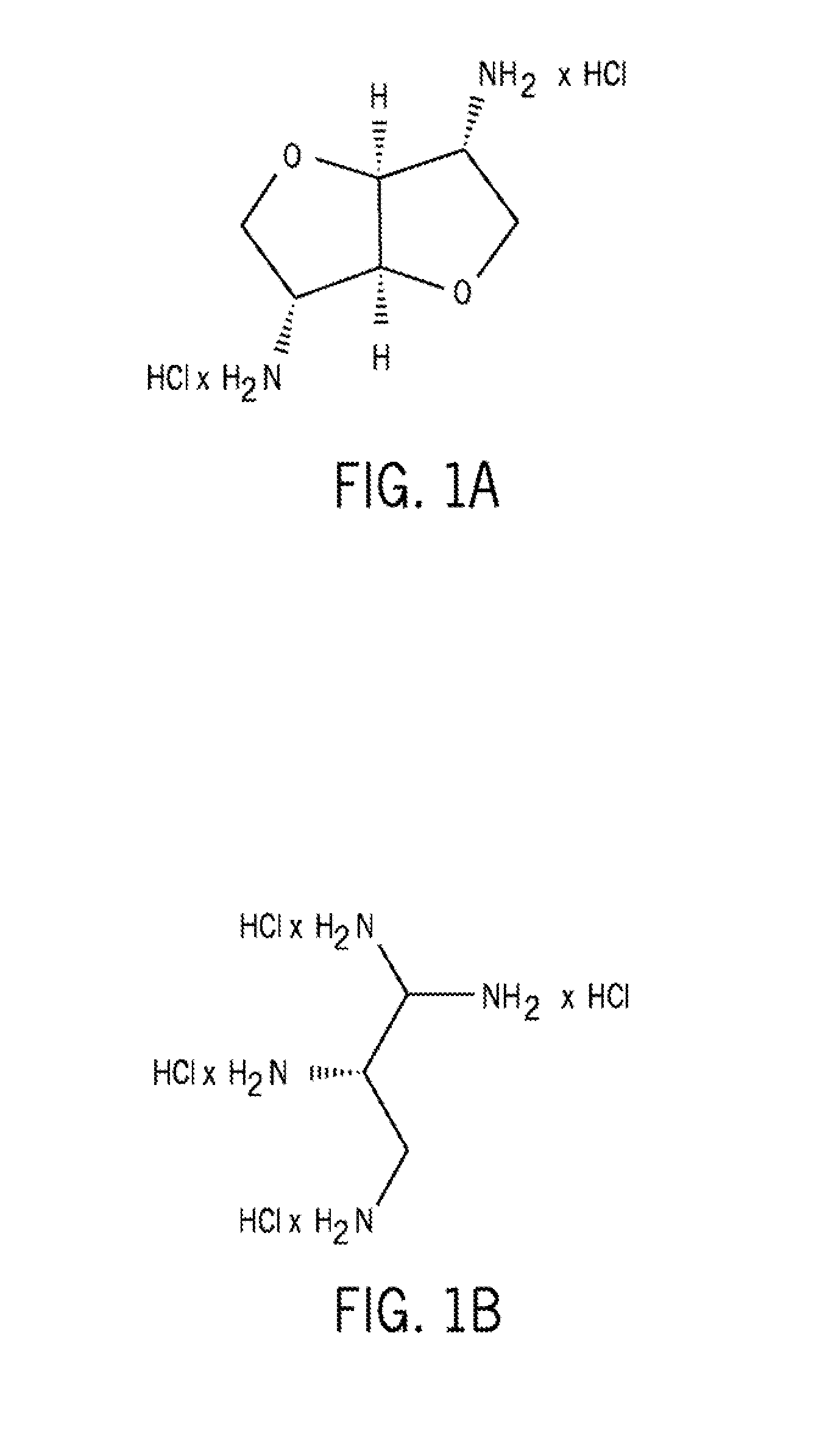Methods and compositions for phosphate binding
a phosphate binding and composition technology, applied in the field of therapeutic phosphate binding methods and compositions, can solve the problems of impaired phosphorus absorption and phosphorus absorption, difficult task of reducing the absorption of phosphorus from foods, and ineffective dietary phosphorus restriction, so as to prevent absorption
- Summary
- Abstract
- Description
- Claims
- Application Information
AI Technical Summary
Benefits of technology
Problems solved by technology
Method used
Image
Examples
examples
[0071]The following examples set forth preferred aspects of the present invention. It is to be understood, however, that these examples are provided by way of illustration and nothing therein should be taken as a limitation upon the overall scope of the invention.
Materials and Methods
[0072]Animals. Male Sprague-Dawley rats (Harlan Sprague-Dawley, Madison, Wis.) weighing approximately 120 grams were used in all experiments.
[0073]In experiments to measure 33P absorption, the rats were fed a laboratory chow diet (Lab Diet 5012, Richmond, Ind.) containing 1% calcium and 0.7% phosphorus ad libitum for less than one week prior to the experiment.
[0074]In experiments to measure fecal calcium and phosphorus levels, rats were fed purified diet described previously for 9 days. (Suda T et al., Biological activity of 25-hydroxyergocalciferol in rats, J Nutr 1970, 100:1049-1052). This diet was mixed with egg white protein (Harlan Teklad, Madison, Wis.) and contained 0.20% inorganic phosphorus and...
PUM
| Property | Measurement | Unit |
|---|---|---|
| pH | aaaaa | aaaaa |
| total volume | aaaaa | aaaaa |
| concentration | aaaaa | aaaaa |
Abstract
Description
Claims
Application Information
 Login to View More
Login to View More - R&D
- Intellectual Property
- Life Sciences
- Materials
- Tech Scout
- Unparalleled Data Quality
- Higher Quality Content
- 60% Fewer Hallucinations
Browse by: Latest US Patents, China's latest patents, Technical Efficacy Thesaurus, Application Domain, Technology Topic, Popular Technical Reports.
© 2025 PatSnap. All rights reserved.Legal|Privacy policy|Modern Slavery Act Transparency Statement|Sitemap|About US| Contact US: help@patsnap.com



